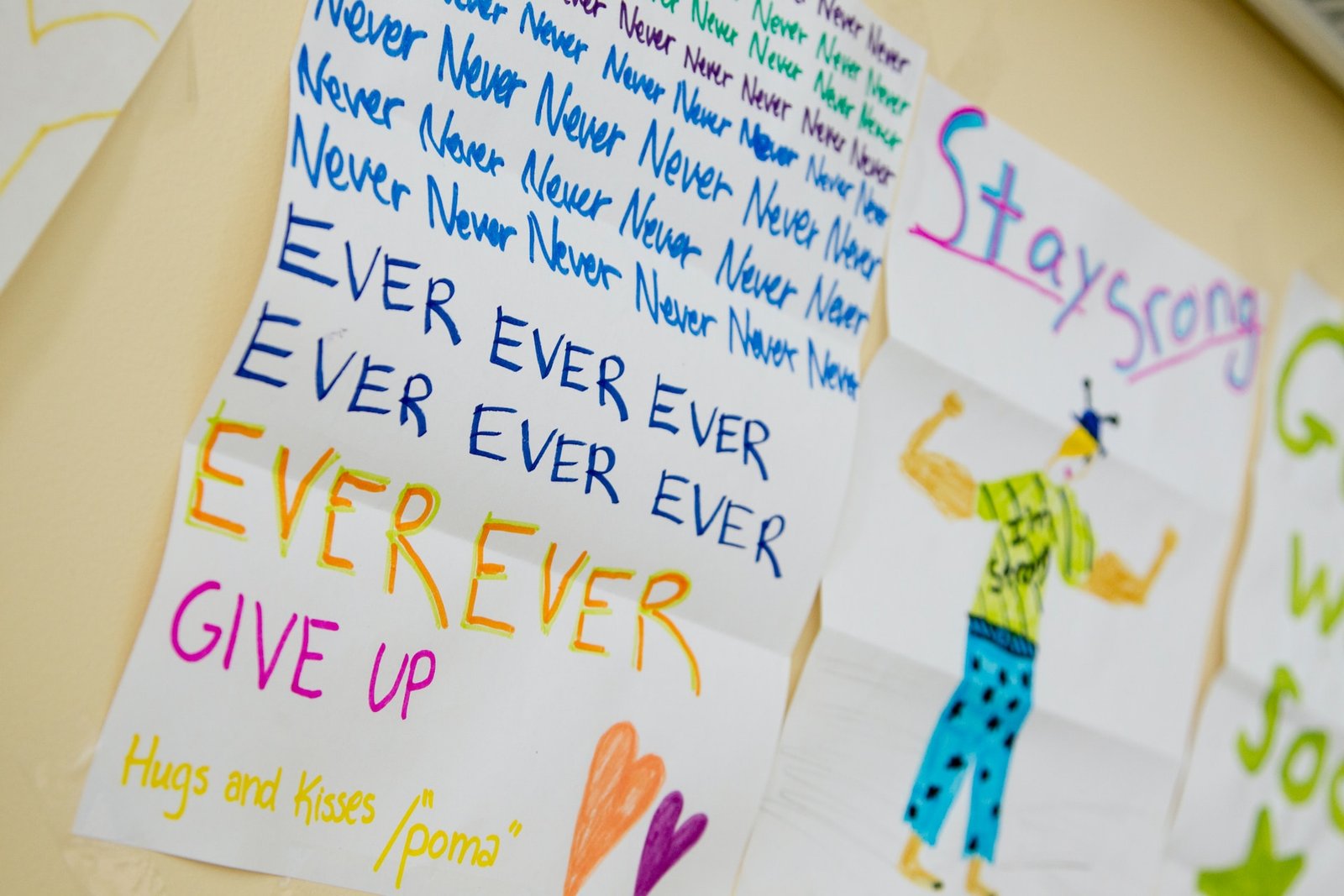How to Develop Peace and Strength During Anxiety – What All Parents Need to Know About Anxiety in Children and Teens
Introduction
Feeling helpless when a child or teenager shows signs of anxiety is a common sentiment among parents. In a world that’s increasingly unpredictable, understanding how anxiety operates and how to effectively tackle it is crucial for the well-being of our young ones. Below, we break down the science behind anxiety and offer some hands-on tips to help your child find peace and strength during these trying moments.
The Science Behind Anxiety: The Amygdala’s Role
What Triggers Anxiety?
Anxiety is a primal emotion, hardwired into our brains to protect us from potential threats. The culprit behind this is the amygdala, a tiny section of the brain that operates faster than our conscious thought. The amygdala scans for danger and decides in a fraction of a second whether we should confront it or flee. When it perceives a threat, it activates the body’s fight-or-flight response.
Why We Can’t Always “Think” Our Way Out
The body floods with stress hormones during this fight-or-flight response, effectively sidelining our ‘thinking brain.’ While the brain’s primary function is to keep us safe, it can sometimes overreact, triggering anxious feelings even when there’s no real threat. Consequently, our emotional and physiological state changes—heart rate increases, breathing becomes shallow, and we’re overcome by feelings of dread.
How Social Situations Intensify Anxiety
Our ancestors were hardwired to be cautious around other humans. Fast forward thousands of years and social anxiety remains a significant concern. The potential for rejection, exclusion, or humiliation in various social settings like school, art clubs, or sports events can fuel anxiety, especially in children and teens.
Tackling Anxiety: A Step-By-Step Guide
Step 1: Start With The ‘Primitive Brain’
The Power of Deep Breathing
The first step in tackling anxiety is to target the most basic part of our brain that controls essential functions like heartbeat and breathing. By focusing on deep, powerful breathing, we can engage this primitive brain and start calming down. Deep breathing helps lower heart rate, reduces blood pressure, and steadies brain waves.
Breathing Exercises
- Hot Cocoa Breathing: Ask your child to pretend they’re holding a cup of hot cocoa. Instruct them to inhale deeply for three seconds, hold for one second, and then exhale for three seconds. Repeat this process a few times.
- Figure 8 Breathing: This exercise is excellent for teens who might feel self-conscious about doing breathing exercises. Ask them to draw a figure 8 on their skin while focusing on their breath. The touch adds an extra layer of sensory input, which can be incredibly soothing.
Step 2: Engage the ‘Emotional Brain’
The Importance of Physical Touch
Our ’emotional brain’ craves attachment and connection. A hormone called oxytocin gets released when we’re close to someone we care about, making us feel safe and secure. During times of stress, gently touching your child or holding their hand can go a long way in easing their anxiety.
Acknowledging Their Feelings
It’s also essential to validate your child’s emotions. Phrases like, “I see you’re feeling anxious about going to school alone. Am I right?” can show that you understand what they’re going through, further strengthening your emotional bond.
Step 3: Re-Engage the ‘Thinking Brain’
Talk It Out
Once your child is calmer, that’s your cue to engage their ‘thinking brain.’ This is when you can discuss what’s making them anxious and explore possible solutions. Use phrases like, “I believe you can handle this” to build their confidence and encourage bravery.
Gradual Exposure
You can help your child gradually face their fears instead of avoiding them. For instance, if they’re anxious about going to school, maybe start by walking them to the gate, then eventually just to the end of the street, reducing your involvement incrementally over time.
The Long Game: Building Resilience
Changing the amygdala’s response will not happen overnight. It’s a process, and that’s okay. As parents, your steady presence, validation, and encouragement are the bedrock on which your child’s emotional strength will be built. Have faith in their ability to overcome challenges, even when they don’t have faith in themselves.
Conclusion
Anxiety is a complex issue, but understanding its mechanisms and how to combat it can bring relief and strength to your child’s life. By targeting different areas of the brain and using effective, scientifically-backed techniques, we can help our children not just to cope, but to thrive. And remember, the goal is not to eliminate anxiety but to help our children manage it effectively, giving them the tools they need for a resilient future.
Remember, the path to courage and strength is a journey, not a sprint. And it’s a journey you don’t have to take alone. Your consistent presence and unwavering belief in your child’s capabilities can make all the difference in the world.
So, the next time anxiety creeps into your child’s world, don’t lose heart. You’ve got this, and more importantly, they’ve got this.
Happy parenting!







